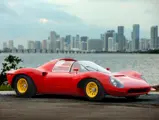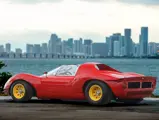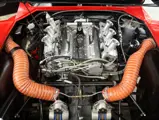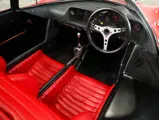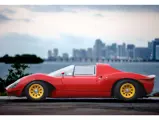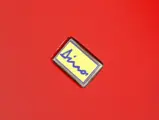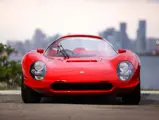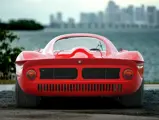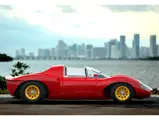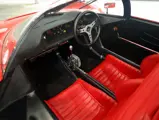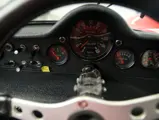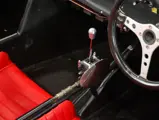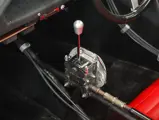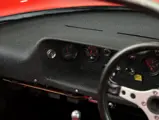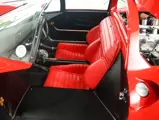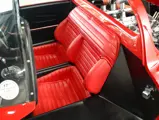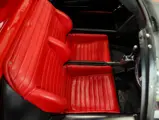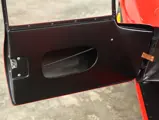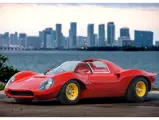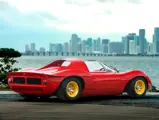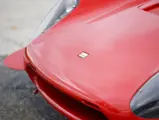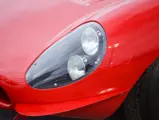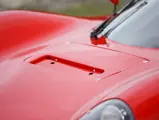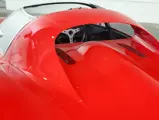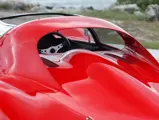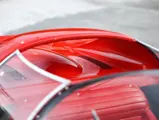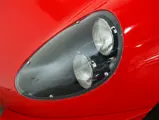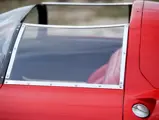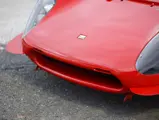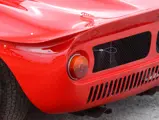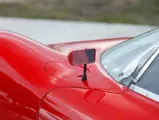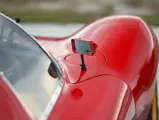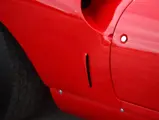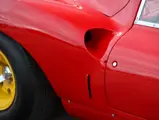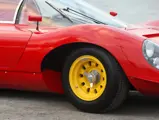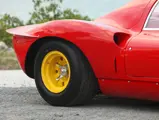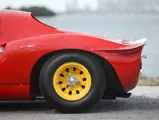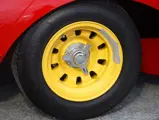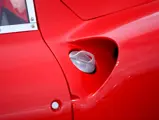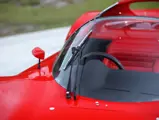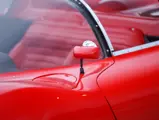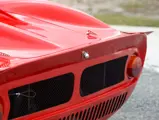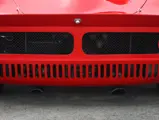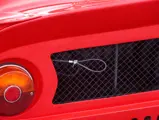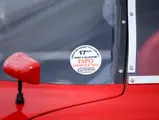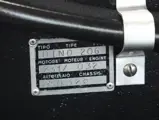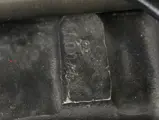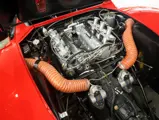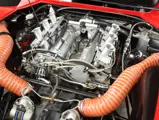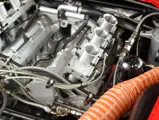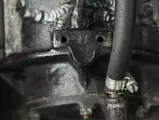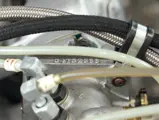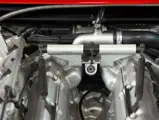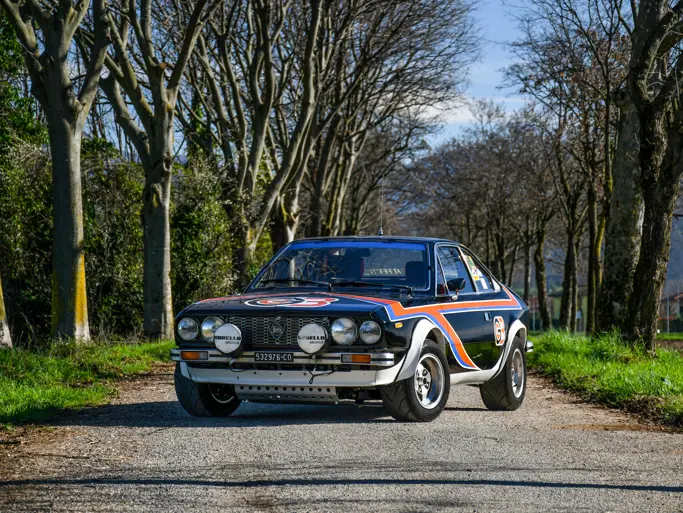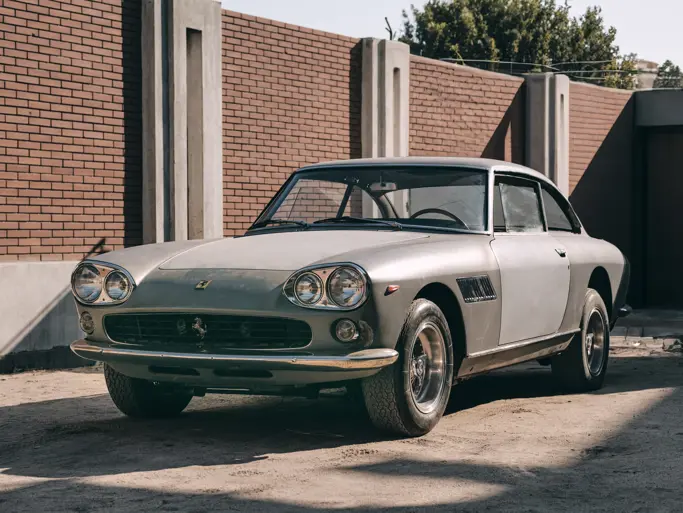Sotheby's Sealed - The Last Ferrari Dino 206 S
1967 Ferrari Dino 206 S
{{lr.item.text}}
 | Pompano Beach, Florida
| Pompano Beach, Florida
{{internetCurrentBid}}
{{internetTimeLeft}}

- One of only two examples fitted with the most powerful Tipo 233 engine that contained the final evolution of the Dino 206 S engine development
- Widely regarded as one of the most beautiful sports racers of the 1960s
- Featured in a number of the world’s most prominent Ferrari collections, including Pierre Bardinon’s Mas du Clos
- Restored by Ferrari Classiche in 2014 and Red Book certified
- Raced in several Italian hillclimbs during 1966-67
- The final of only 13 examples constructed with stunning Piero Drogo-designed Spyder bodywork
- Sold new to Corrado Ferlaino, the famous long-term owner of Napoli, the Italian Football team
- With the vast majority of Dino 206 S examples locked away in long-term collections, this is a rare opportunity to acquire a significant car from Ferrari’s golden period of sports racing success
In February 1966, Ferrari debuted a new sports-racing car formulated for the FIA’s 2-litre Group 4 class, with the direct aim of winning over the numerous privateer teams that were largely running a variety of Porsche models. Dubbed the Dino 206 S, the car was powered by the further development of the 65 degree V-6 engine that had been conceived by Enzo’s son Dino Ferrari, prior to his death in June 1956.
Originally co-engineered by legendary Alfa Romeo designer Vittorio Jano, then working as a consultant for Ferrari, the Dino V-6 motor was badged with a hand scripted autograph based on the younger Ferrari’s signature. Though it was introduced as a Formula 2 powerplant, an enlarged version of the engine was subsequently used in the Formula 1 cars, carrying works driver Mike Hawthorn to a Driver’s World Championship in 1958. Whilst Ferrari’s Formula 1 cars of the early-1960s increasingly adopted 120 degree V-6 engines designed by Technical Director Carlo Chiti, the Jano-engineered 65 degree Dino engine was, nonetheless, consistently enlarged and developed in various experimental sports prototypes, including the 196 Sport, 246 Sport, the Dino SP models and the 166 P.
Introduced for the 1966 racing season, the Dino 206 S appeared to be a scaled down version of the revered 330 P3, even wearing similarly ravishing coachwork care of Piero Drogo’s Carrozzeria Sports Cars in Modena. The visual appeal of Drogo’s aerodynamic body shell, which featured a combination of stressed alloy panels and fibreglass over a welded tubular semi-monocoque chassis, was beautifully complemented by the Dino V-6’s fierce performance. By the end of the 1966 race season, the 206 S had proved its mettle, earning a 2nd place finish at the Targo Florio, 2nd and 3rd at the Nürburgring and a 6th place finish at Spa. Although the 206 S was originally slated for a homologation of 50 examples, labour problems prematurely interrupted production after only 18 cars had been assembled, and the model, therefore, remains a rare and important milestone in the arc of the Dino race car’s development, as well as a cornerstone of the Ferrari road cars that followed.
This example, chassis no. 032, holds a special place among Dinos as the final Drogo 206 S constructed. Out of the 18 examples, two were bodied by Pininfarina and three were coupes, making this the final of only 13 Drogo Spyders built. During the course of the Dino 206 S evolution, a variety of engine configurations were used on the cars as performance was continually optimized. Starting with a tipo 227 engine that produced around 220 hp, evolving to a tipo 231L engine that produced 235-255 hp and finally the tipo 233 engine that produced upwards of 270 hp. Chassis 032 is believed to be one of only two cars fitted with this most powerful tipo 233 engine, as well as Lucas fuel injection. Of further historical interest, the car was sold new to Naples resident Corrado Ferlaino, an Italian engineer and property developer who would later become famous for taking ownership of the Italian Football team Napoli, and bringing in Diego Maradona which resulted in multiple championships and helping the rise of Maradona’s career toward becoming one of the all-time Football greats.
According to the research of Ferrari historian Marcel Massini, chassis 032 raced in several Italian hillclimbs during 1966-67. The car was subsequently serviced at the Ferrari Factory in November 1968 before being sold to a short series of Italian owners in the 1970s. By 1979 French Ferrari collector Pierre Bardinon had amassed the largest and most important collection of Ferrari sports race cars ever assembled and chassis 032, recognized as a supremely original example, was quickly added to the collection.
By the 1980s chassis 032 was sold to noted Parisian Ferrari collector Jacques Setton, who had himself amassed one of the greatest Formula One collections and was a particular fan of the Dino engine. Mr. Setton subsequently sold the car to British connoisseur Robs Lamplough, former owner of both a 250 Testa Rossa and 250 LM, where it shared garage space with his mighty Ferrari 335 Sport for approximately the next decade. By 2001 chassis 032 was sold to fellow UK collector Carlos Monteverde who raced it a number of times in the Ferrari Historic Challenge. Following a collision at one of the Challenge races, it was decided to restore the car in the UK in 2003. A decade later chassis 032 found itself in another extremely prominent collection in the U.S. and in 2014 it was treated to a full restoration at the Ferrari Factory where Red Book certification was completed, noting the car has a correct type Dino 206 engine, matching numbers gearbox and original body and chassis.
Offered publicly for the first time in over a decade, chassis 032 presents its next owner with an extremely rare opportunity to acquire what is widely regarded as one of the most beautiful sports racers of the 1960s. With lines directly derived from Ferrari’s legendary 330 P3/P4, the Dino 206 S makes an instant visual impact in any collection. Further, the exceptional originality of chassis 032 puts it in a class above a number of the other 206 S examples, some of which have led very challenging lives in their racing efforts. Combined with a Ferrari Factory restoration, fascinating provenance and Ferrari’s Classiche Red Book, this is truly one of the top examples worthy of the world’s most discerning Ferrari collectors.

